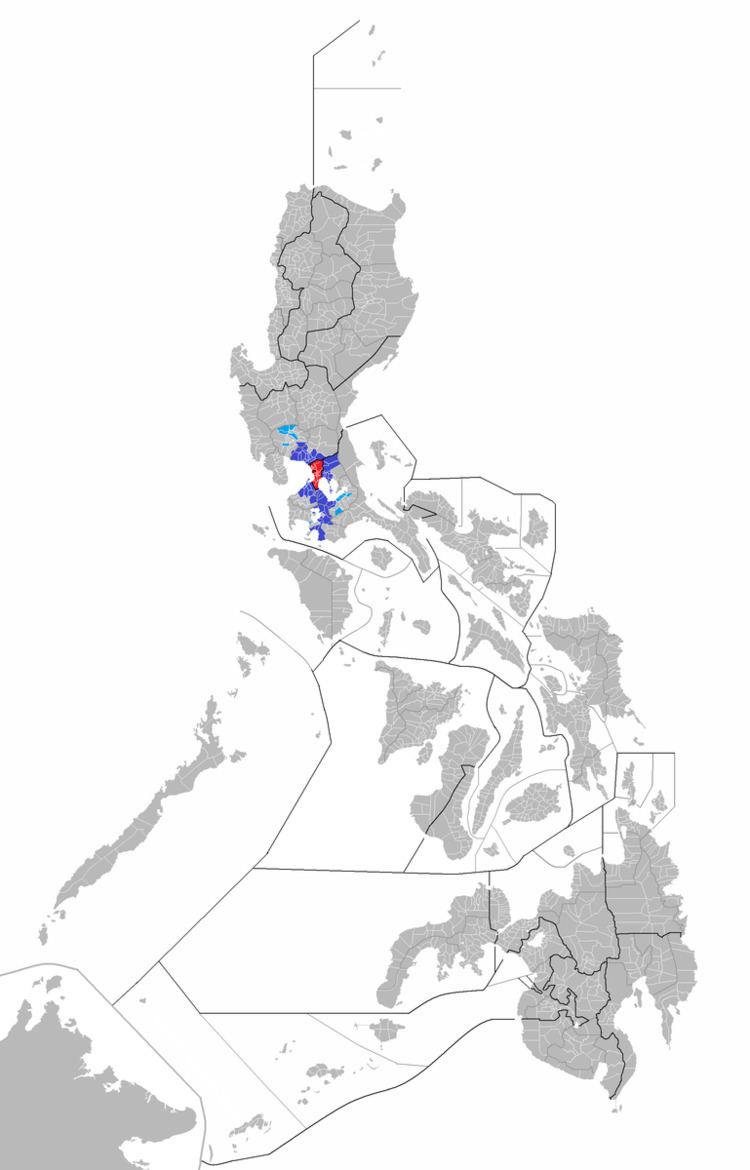 | ||
Bistek appeals to lgu s in greater manila area du30
The Greater Manila Area generally refers to the contiguous urbanization surrounding Metro Manila, and ambiguously there are several terms.
Contents
- Bistek appeals to lgu s in greater manila area du30
- Qc mayor herbert bautista says include greater manila area
- Definitions
- Province level data
- Table 1
- Table 2
- References
Qc mayor herbert bautista says include greater manila area
Definitions
Greater Manila Area may describe:
Province-level data
Of the above-mentioned provinces, there are stark development contrasts ranging from dense suburban to rural areas within a province.
Overall, the density of provinces around Metro Manila is far higher than the national average. Cavite and Batangas, for example, is 1,888.9 per square km or 6.17 times the national average. Similarly, Rizal, Laguna, Bulacan, Pampanga, Tarlac and Nueva Ecija all have population density over twice the national average of 306 per square km. The sum total population of these provinces ignoring finer details of locality data, is about 25.5 million using 2010 census figures.
Table 1
Localities which have at least 1,000 people per square kilometer and are in a contiguous 1,000+ people/km2 density zone with Metro Manila:
Notes:
Table 2
Localities not contiguous with Metro Manila's 1000+ people/km2 density zone, but with a density over 1000:
